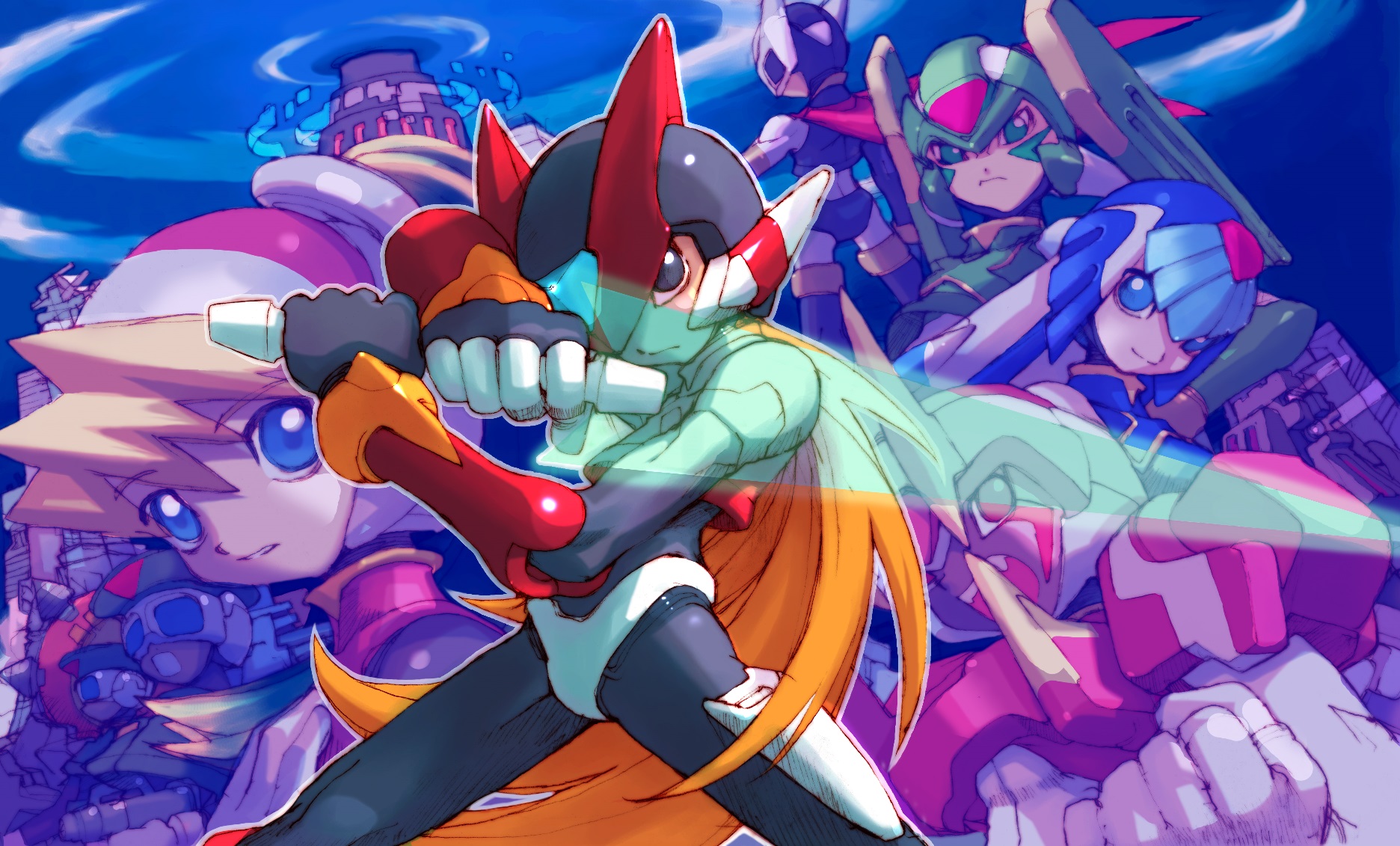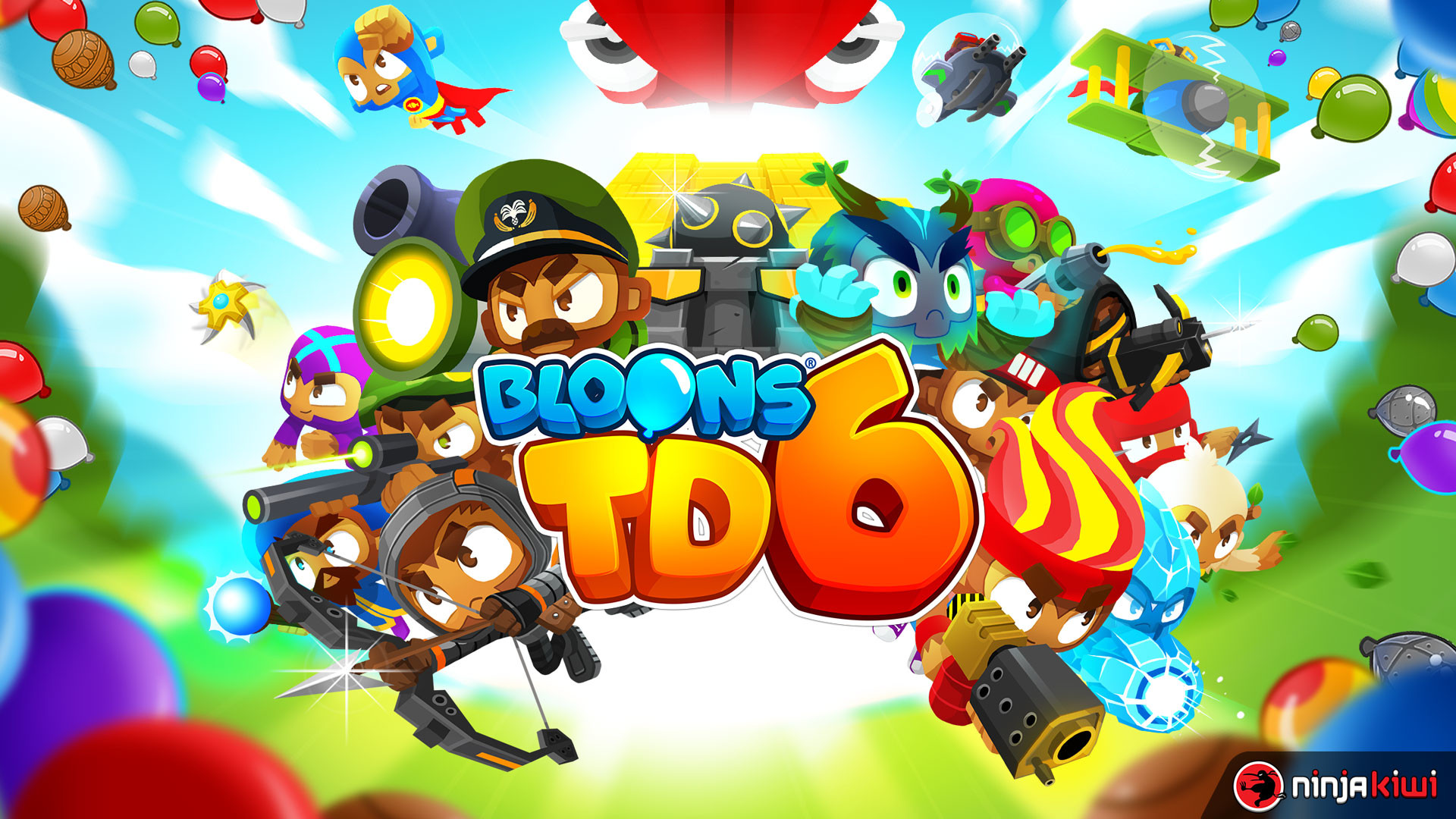Popular Now
Introduction
Since its release in 1987, the Mega Man series has become synonymous with challenging gameplay. Capcom's iconic action platformer series has evolved across generations, but one consistent element has been its difficulty level. Mega Man games have always been known for their punishing difficulty, intricate level designs, and the need for precision. However, as the series progressed and new generations of gamers emerged, the difficulty of the games has become a point of discussion. In 2025, players have seen the evolution of difficulty from its early roots in the classic games to the more modern adjustments made in Mega Man 11 and beyond. This article takes an in-depth look at how the difficulty in Mega Man has evolved, how players have responded to it, and the lasting impact it has had on the series.
The Early Days: Introducing Brutal Difficulty
Mega Man 1-3: Establishing the Standard
The original Mega Man games were known for their steep difficulty. When the first game was released in 1987, players were immediately greeted with the harsh realities of difficult platforming and tough enemy encounters. What made Mega Man particularly difficult was its lack of checkpoints in many stages, meaning if players fell into a pit or took too much damage, they had to start over from the beginning of the stage.
In these early games, Mega Man's level design pushed players to their limits, demanding perfect reflexes and quick thinking. These early titles introduced Mega Man's key mechanics: moving, jumping, shooting, and collecting new weapons from defeated bosses, which would help players overcome other stages. However, this new layer of difficulty made certain levels notoriously frustrating. For example, the infamous Quick Man stage in Mega Man 2 introduced laser beams that required players to master precise timing to avoid, a hallmark of what would become the Mega Man difficulty standard.
Impact of Limited Lives and Continues
One major element that defined the early Mega Man titles was the limited number of lives and continues. Players often found themselves replaying sections of the game over and over again due to these limitations. While this system instilled a sense of achievement when players finally overcame difficult levels, it also led to frustration when progress was lost due to a single mistake. For many players, this was a defining feature of the experience, contributing both to the game's sense of challenge and the stress that came with it.
The Shift in Game Design: More Complex Challenges
Mega Man 4-6: Increasing Difficulty with New Mechanics
As the series progressed, particularly with Mega Man 4 through Mega Man 6, the difficulty continued to rise. These games introduced more complex mechanics, such as new weapons, more challenging enemy patterns, and harder boss battles. While the core gameplay remained the same, Capcom began adding more variety to the level design, introducing new environmental hazards, stronger enemies, and stages that required mastering new tactics.
One notable example was Mega Man 5’s inclusion of the “Gravity Hold” weapon, which required players to deal with the game’s environmental mechanics more closely. The introduction of these new weapons not only added complexity but also introduced additional opportunities for creative solutions to difficult levels. However, as the difficulty increased, some players found themselves feeling overwhelmed by the complexity of the challenges.
Impact of the Weapon System and Boss Patterns
The weapon system in Mega Man 4-6 was integral to maintaining the challenge. Players had to learn how to strategically use the weapons they obtained from the Robot Masters to overcome other bosses. This mechanic added layers of strategy, but also significantly increased the difficulty as players needed to understand the weaknesses of each boss and choose the right weapon. The precise timing required for using weapons and defeating bosses, combined with the harsh platforming, meant that every decision had consequences.
The Mega Man Revival: Balancing Difficulty and Modern Gameplay
Mega Man 9-10: Return to Retro Difficulty
After the series took a hiatus, Mega Man 9 and Mega Man 10 arrived in 2008 and 2010, respectively. These games marked a return to the franchise’s roots, offering a deliberately retro experience. The difficulty was cranked up once more, with even more demanding levels and the return of limited lives and continues. However, these games also incorporated modern elements, such as the ability to unlock difficulty settings and earn achievements.
Mega Man 9 was particularly notorious for its difficulty, and its old-school design gave players a new way to experience frustration, especially for newcomers to the series. The difficulty of Mega Man 9 felt like a tribute to the original games, but with a new level of polish and precision that made every mistake feel even more devastating.
Player Reception: Nostalgia vs. Modern Expectations
While hardcore fans appreciated the return to the classic Mega Man experience, new players who were unfamiliar with the challenging nature of the original games often found themselves turned off by the high difficulty. The introduction of an easier difficulty mode in Mega Man 10 sought to address this issue, allowing a wider audience to enjoy the game without becoming too frustrated. However, the question remained: how could the series maintain its iconic difficulty while appealing to a broader range of players?
Modern Day Challenges: Mega Man 11 and the Double Gear System
Introducing the Double Gear System
In 2018, Mega Man 11 introduced the Double Gear System, which aimed to balance the increasing difficulty by giving players more control over the pace of the game. The system had two functions: the Speed Gear, which slowed down time, and the Power Gear, which boosted Mega Man's attacks. The idea was to allow players to deal with difficult sections by slowing down time or increasing their power, which alleviated some of the frustration caused by the game’s challenging difficulty.
Was the introduction of these new mechanics a crutch, allowing players to bypass some of the difficulty that made Mega Man unique? Or did the system simply modernize the series while maintaining its core challenge?
Mega Man 11: Player Reactions
Despite these modern adjustments, Mega Man 11 still retained the brutal difficulty that fans had come to expect. The double gear system was not a cheat, but rather a tool for players to use when they needed it, leaving the decision to activate it in the player’s hands. Some players appreciated this flexibility, as it made the game more accessible without compromising the core challenge. Others felt that it made the game too easy and detracted from the sense of accomplishment that came with completing a particularly difficult level.
The Modern Debate: Accessibility vs. Hardcore Difficulty

Balancing Accessibility with Challenge
In 2025, the Mega Man franchise faces a major debate: should the difficulty be adjusted to accommodate modern players, or should the traditional hardcore experience be preserved? The trend in the gaming industry has been towards more accessible game design, with an emphasis on inclusivity. However, Mega Man’s fanbase is built around its tough-as-nails difficulty, and many fans argue that lowering the difficulty would compromise the essence of the franchise.
The debate is especially relevant as more modern players, raised on games with adjustable difficulty settings, may find the series’ traditional challenge overwhelming. At the same time, veteran players argue that the high difficulty is integral to the series' identity and that a well-designed game should be tough but fair.
Community Feedback and Future Directions
As Mega Man continues to evolve, Capcom faces a challenge in maintaining its legacy while appealing to a wider audience. One possibility is to introduce more customizable difficulty settings, where players can choose the level of challenge they want while still preserving the core mechanics and experience.
Conclusion

The evolution of difficulty in the Mega Man series is a testament to the changing landscape of game design. From the brutally challenging levels of the early games to the modern adjustments in Mega Man 11, the series has always remained at the forefront of action platformers. Whether through the original difficulty or through the modern innovations like the Double Gear system, Mega Man continues to be a game that demands skill, patience, and strategy. As the franchise moves forward, it will be interesting to see how the series adapts to the evolving expectations of players without sacrificing the challenge that has defined it for decades.

















